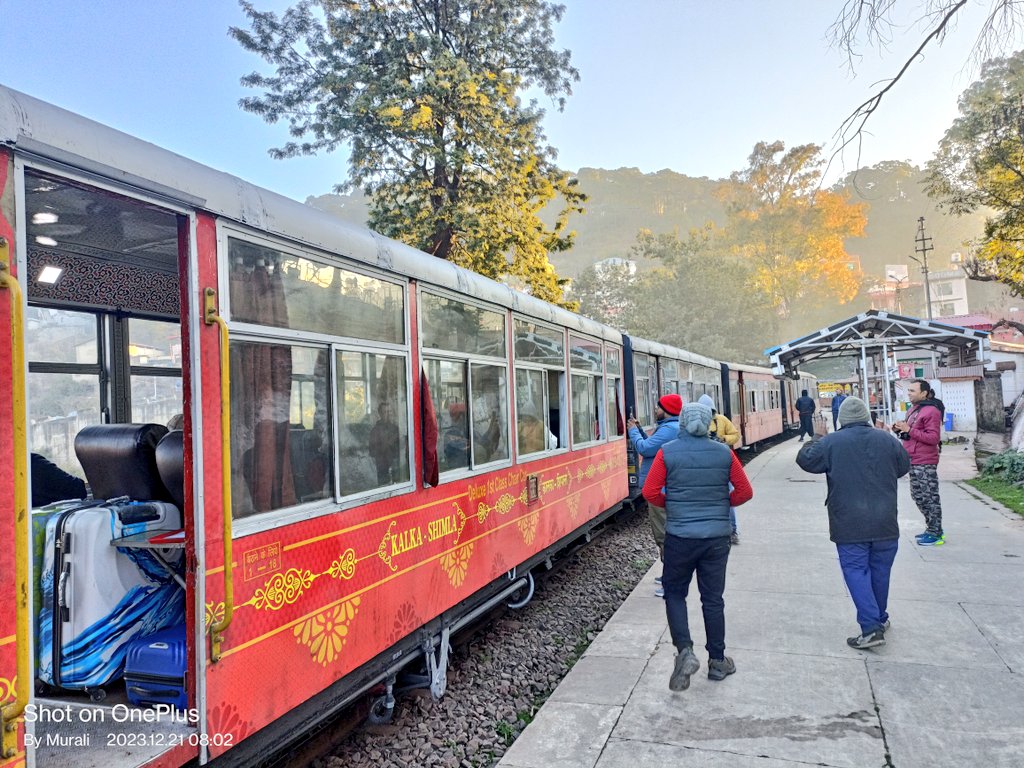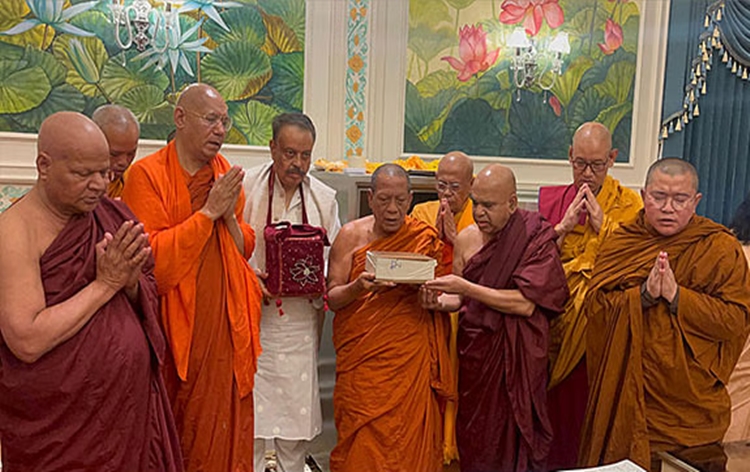
Ruba Obaid / JEDDAH
Cinemas existed in Saudi Arabia’s major cities about half-a-century ago. Westerners working for the California State Oil Company (later Aramco) were the first to introduce cinemas to Saudis.
They installed large screens in their residential compounds during the 1930s to watch American and European films. From residential complexes of foreign employees, cinemas spread to the four major Saudi cities: Riyadh, Jeddah, Taif and Abha, until the number of theaters in Jeddah alone reached 30. Ticket prices ranged from SR3 to SR10.
Early movie theaters were mainly found in sports clubs, foreign embassies, or personally supported by individuals. Wealthy businessmen established many of those theaters and they were nowhere near the standards of other Arab cities such as Cairo and Beirut. It was not difficult to open one, for such theater houses did not require a formal license at the time.
The “cinema alley,” as the people of Riyadh call it, in Al-Murabba neighborhood, had a large number of movie venues back then. Also, the most famous ones in Jeddah were “Bab Sharif,” located in one of the oldest areas of Jeddah, and the “Abu Safeya” cinema in the Hindawi district.
As for Saudi cinema production, during the 1960s and 1970s, there were only a few documentary films produced by oil companies in the Eastern Province. Among the most famous works produced by Aramco is a documentary film about the inauguration of the first petroleum well in the Kingdom, in the presence of King Abdul Aziz.
Abdullah Al-Muhaisen is considered to be the first Saudi director. In1975, he released what can be referred to as the first Saudi film. It was about the development of the city of Riyadh.
Al-Muhaisen participated in the festival of documentary films in Cairo in 1976. Again, in 1977, he released a more important film, a documentary about the Lebanese civil war and the damage that war inflicted on the beautiful city of Beirut. He was awarded with the Nefertiti Prize for best short film.
Dreams of Saudi cinema were cut short by the religious and social changes that followed the failed attempt by Juhayman Al-Otaibi and fellow extremists to capture the Grand Mosque in Makkah.
Cinemas were closed in all major cities of the Kingdom. Embassies closed their doors to members of the community. At the time, the idea of filming for many religious people in society became a “moral crime.”
Those events resulted in the absence of cinematic culture. During the past decades, the public did not believe in the importance of cinema as important source of culture and knowledge. Traces of that period still exist among many Saudis, especially the negative perception that cinema unravels the very moral fabric of the society, because it includes a content that conflicts with Islamic morals and teachings.
However, during the absence of movie theaters in Saudi Arabia, people were able to deal with that by installing small theaters in their houses, and traveling to neighboring Bahrain and the UAE to watch movies as soon as they got released.
Today, most Saudis, especially youth, see the importance of cinemas, even though some believe that controls are important before they are opened. However, the keen interest of Saudis in cinema industry is easily noticeable through their creative production houses that started a few years ago with the rise of social media such as Telfaz11 and Uturn. They used YouTube to practice and promote their talents.
ARAB NEWS








